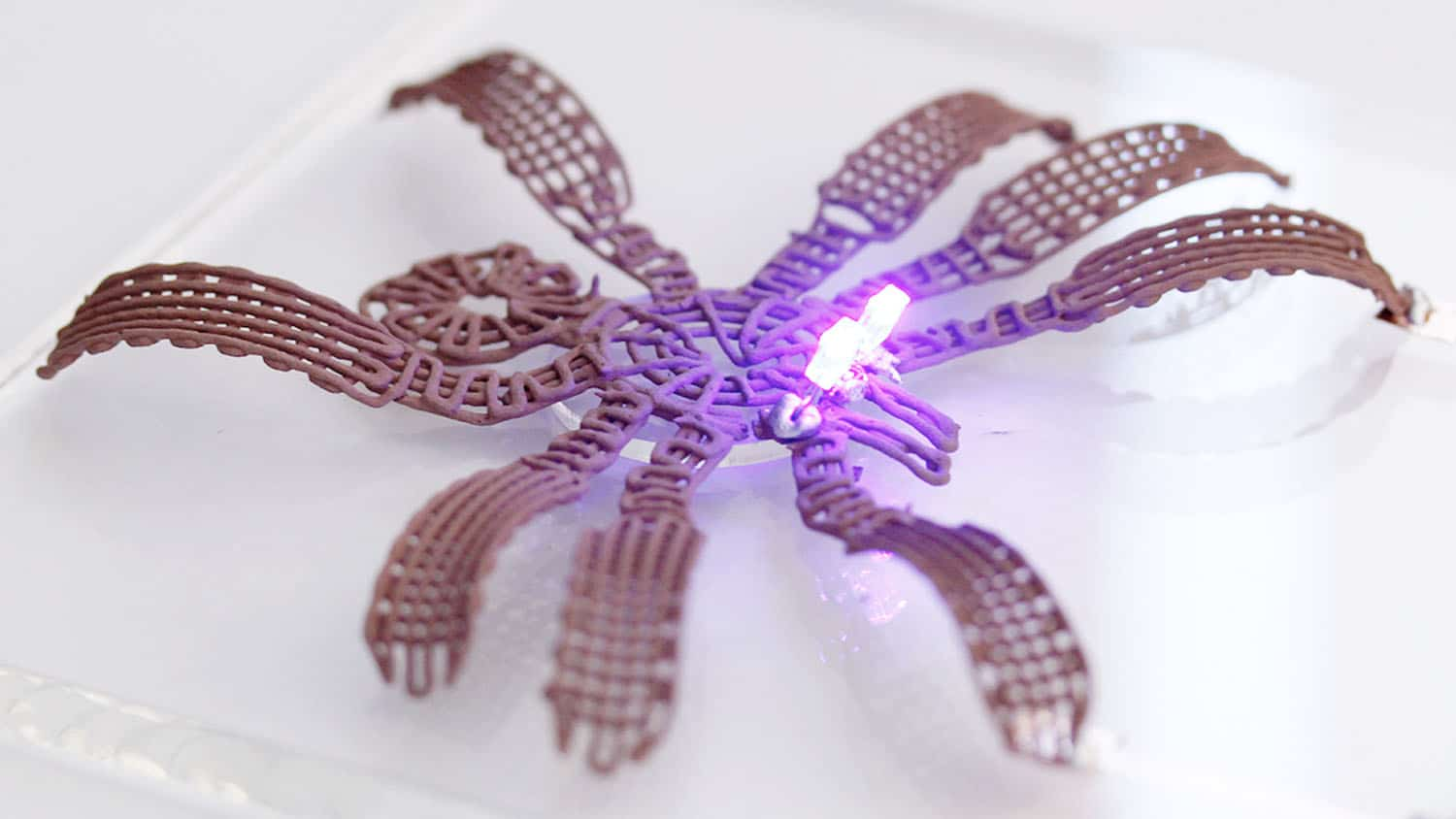Researchers in the US have made a discovery in the field of 3D printing with the creation of a highly conductive metallic gel. Unlike previous technologies, this gel allows for the printing of three-dimensional metal objects at room temperature in a single step. The gel opens up new possibilities for manufacturing a wide range of electronic components and devices.
The process begins with a solution of micron-scale copper particles suspended in water. A small amount of an indium-gallium alloy, which remains liquid at room temperature, is then added to the mixture. Through stirring, the liquid metal and copper particles form a metallic gel network within the solution. This gel-like consistency ensures a uniform distribution of copper particles throughout the material, creating electrical pathways and preventing clogging in the printer.

“Ultimately, this sort of four-dimensional printing – the traditional three dimensions, plus time , is one more tool that can be used to create structures with the desired dimensions,” said Michael Dickey, co-corresponding author of a paper and Professor of Chemical and Biomolecular Engineering at North Carolina State University.
“But what we find most exciting about this material is its conductivity. Because the printed objects end up being as much as 97.5% metal, they are highly conductive. It’s obviously not as conductive as conventional copper wire, but it’s impossible to 3D print copper wire at room temperature. And what we’ve developed is far more conductive than anything else that can be printed. We’re pretty excited about the applications here.”
The resulting gel can be printed using a conventional 3D printing nozzle and maintains its shape upon printing. As it dries at room temperature, the object becomes more solid while retaining its form. Applying heat during the drying process causes predictable structural changes based on the alignment of particles. By controlling the pattern of the printed object and the amount of heat applied, it is possible to alter the shape of the object after printing.
Come and let us know your thoughts on our Facebook, Twitter, and LinkedIn pages, and don’t forget to sign up for our weekly additive manufacturing newsletter to get all the latest stories delivered right to your inbox.









